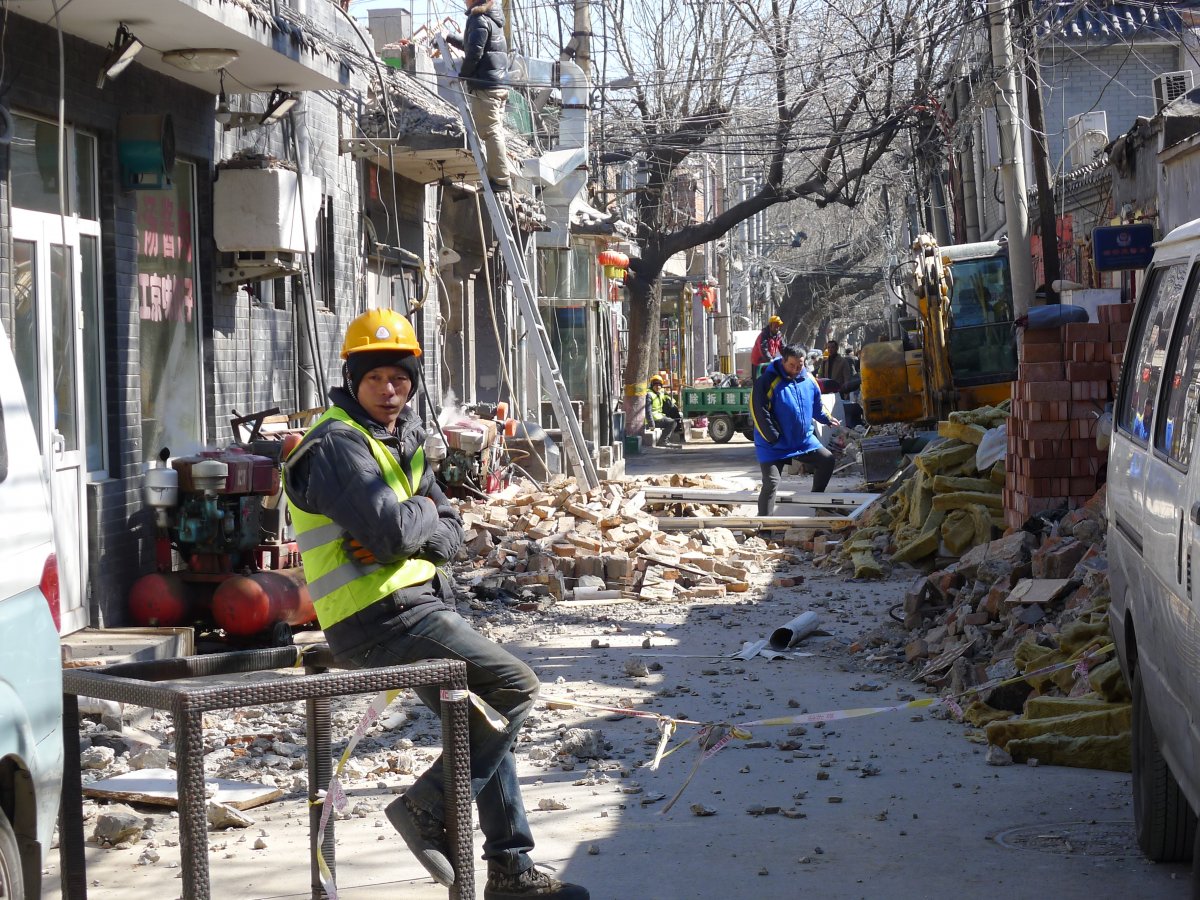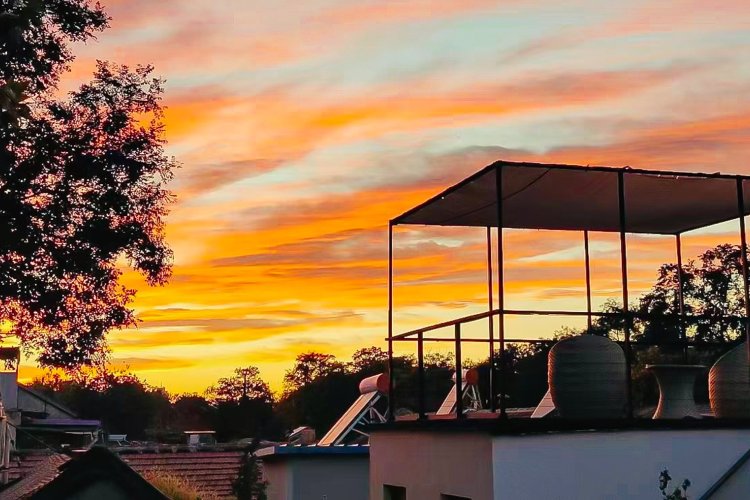Bye Bye Beixinqiao Santiao?: Beijing's Favorite Lamb-Leg Street Undergoing Major Remodeling
Beixinqiao Santiao (北新桥三条) is one of the most historically significant hutongs in Beijing. The alleyway, which begins in the west at Yonghegong Lu and stretches to the east until Dongzhimen Beixiaojie, is one of the straightest and longest hutongs in Dongcheng district. It's also known and beloved as one of the city's last remaining places to spend an evening in front of a spit eating a massive lamb leg. That is, until now.
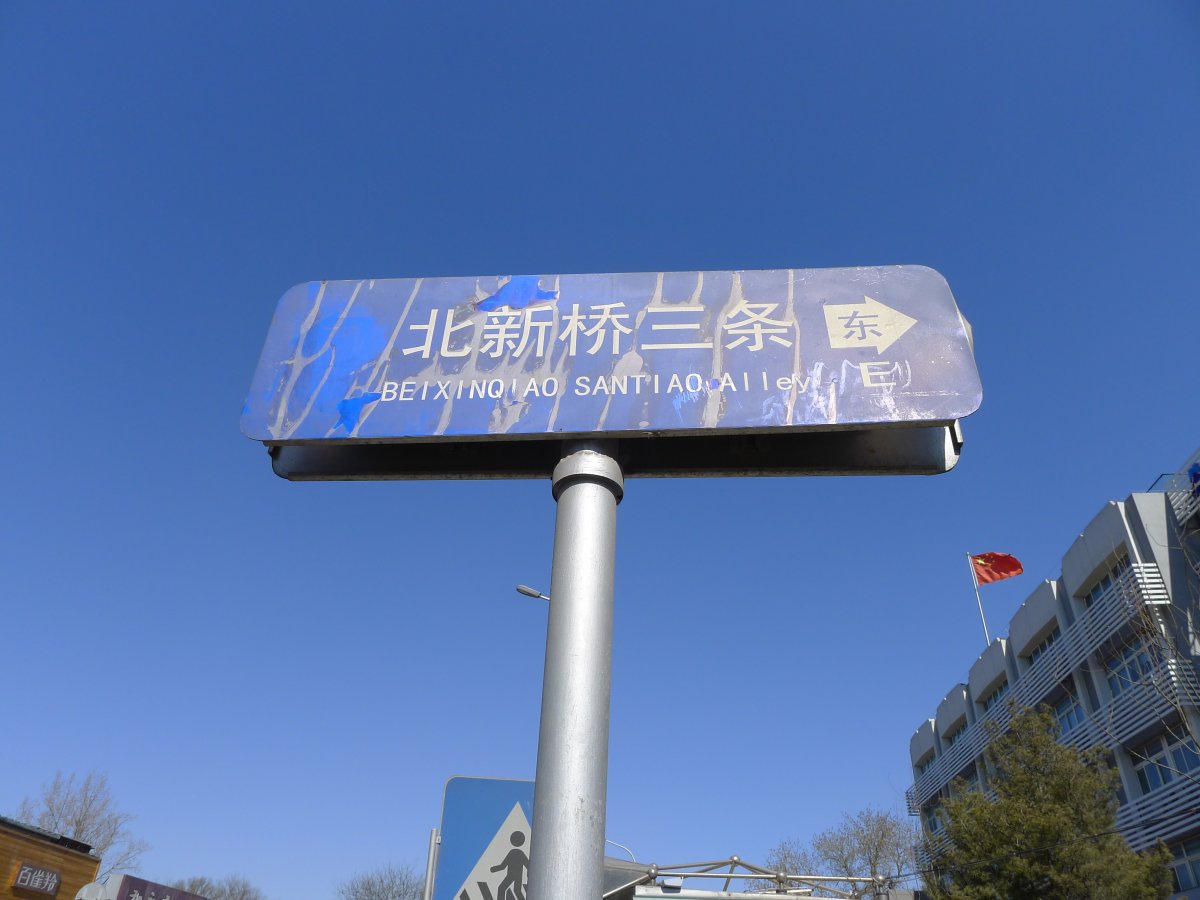
In the daytime, there's not much to set Beixinqiao Santiao apart from the surrounding hutongs but at night it well and truly comes alive, bursting with patrons drinking and catching up over mountains of chuan’r on open grills all the while enveloped by thick billows of smoke. The freneticism is only multiplied by cars forcing their way down the narrow alley and forcing the uprooting of stools and fold-up tables. It doesn’t get more Beijing than this.
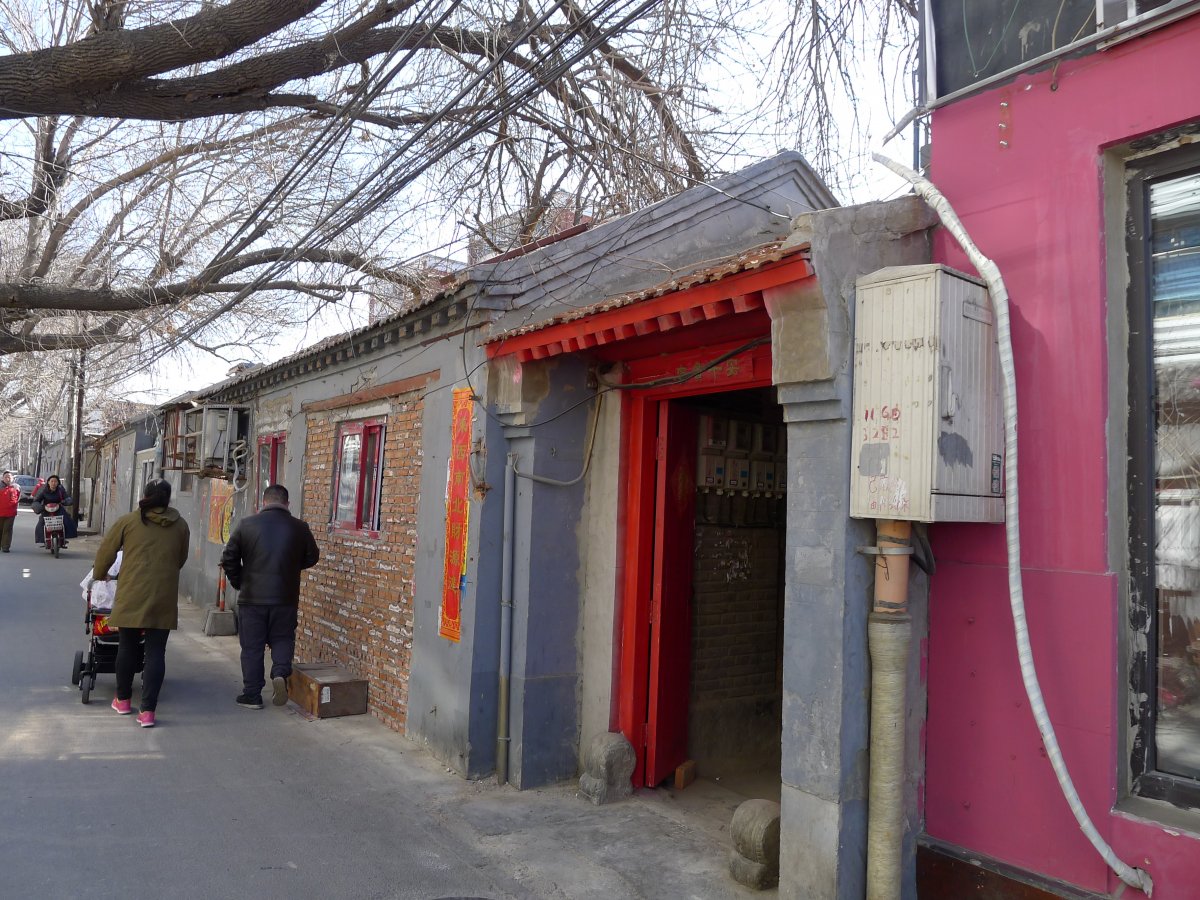
The most sought-after delicacy on Beixinqiao Santiao is perhaps the lamb leg. At several restaurants along the length of the street, diners can choose an entire leg of lamb to grill on individual charcoal-fueled rotisserie. For this reason, the street has become popular among foreigners seeking an "authentic" Beijing experience and was one of the best locations for tourists to mingle with locals.
When a ban on outdoor barbecues was enforced in May of 2014, Beixinqiao Santiao became one of the few remaining lamb-leg streets in the city, apparently unfazed by the new legislature. It seemed like the historical hutong could persist, but sadly it appears that it was unable to escape the city’s continuing efforts to raze hutongs to make space for more upscale properties.
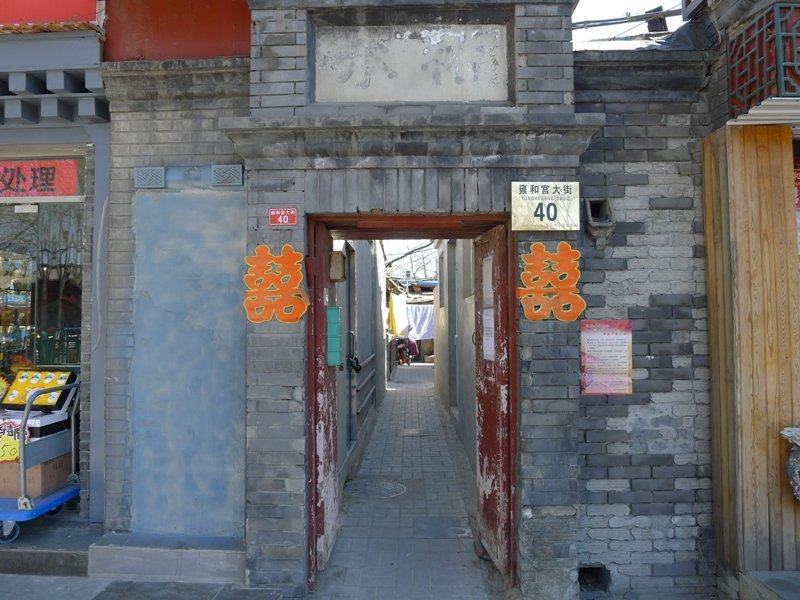
At the height of Beijing’s haste for modernization in 1990s, approximately 600 hutongs were demolished each year and replaced with newer high-rise buildings widened thoroughfares. As Beijing’s wages and the cost of living goes up, so does many citizen's want for a higher standard of living. Many locals have also begun to seek a different kind of experience, something more luxurious, private, and comfortable than toiletless and poorly insulated hutong housings allows. Unfortunately, Beixinqiao Santiao has apparently fallen victim to this call for modernization.
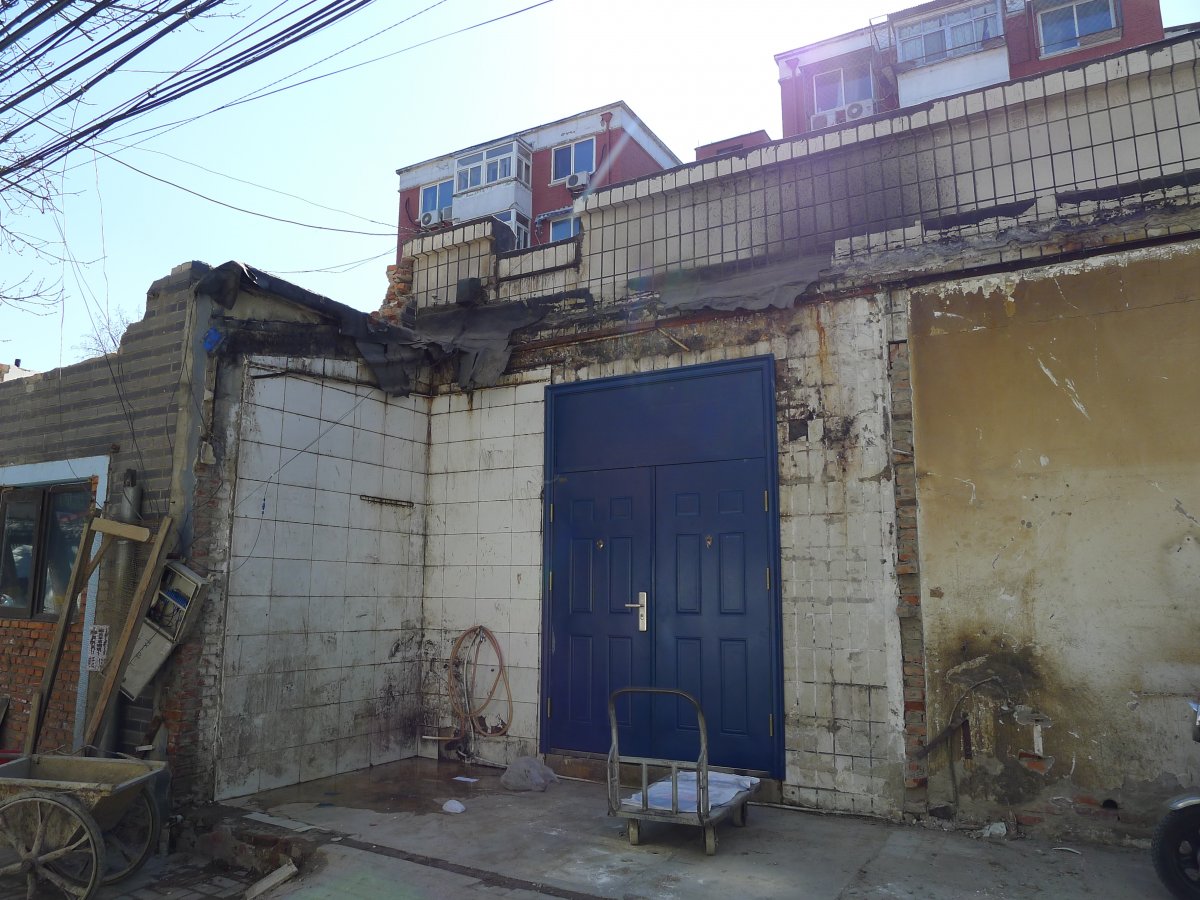
That isn't to say that this historical hutong hasn't been through many changes previously. Most notably, after the 1949 liberation, the compounds lining the hutong were seized and inhabited by generals in charge of making the Dongzhimen Gate an execution ground. Over time, the alleyway began to harbor liveliness again and soon fruit shops, restaurants, and vendors began to fill the narrow street, inviting nearby residents to sit and relax amidst the regal architecture.
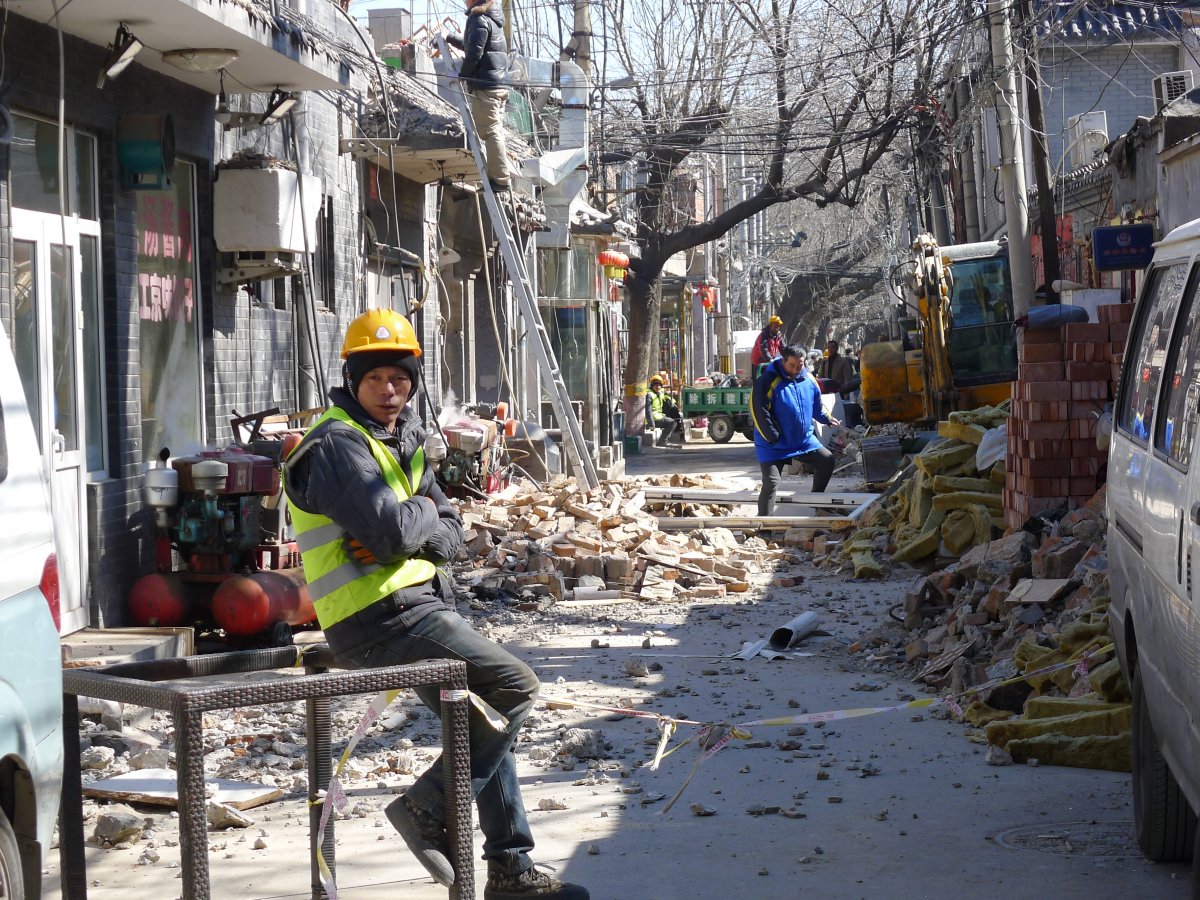
During our visit to Beixinqiao Santiao this morning, the air was still full with smoke and the atmosphere was cacophonous but for different reasons than before; debris and rubble from construction was strewn throughout the street and heavy machinery was never far away. Foot traffic has been restricted and pedestrians were being told use alternative routes.
It's not certain yet whether the old restaurants will be completely forced out, but given the extent of the remodeling it's clear that if they do return they're likely to do so with a little less of the ramshackle charm of years past.
Read more articles by this author here.
Photos: Carmel Moersalim

